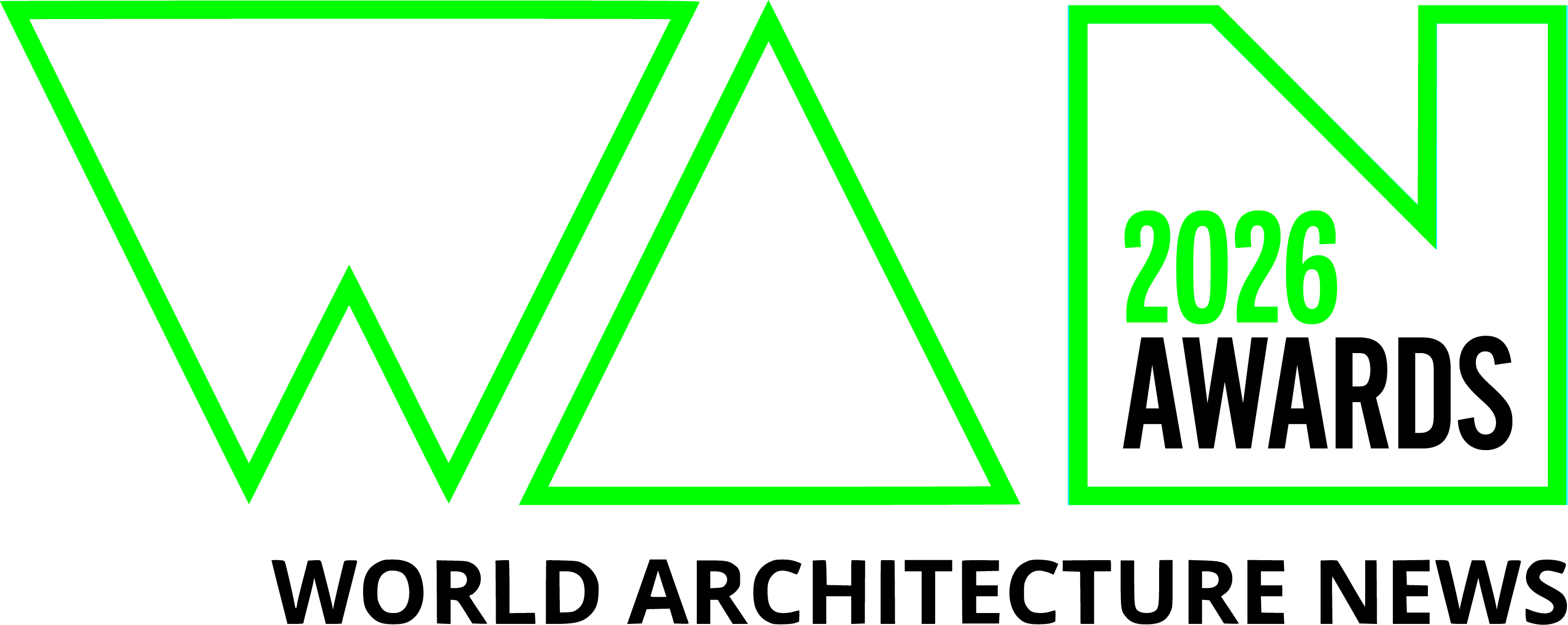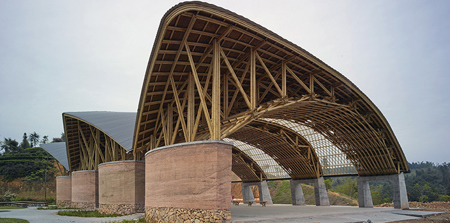

Tea Leaf Market of Zhuguanlong Township
SUP Atelier of THAD
Client: Zhuguanlong Township government
Lifecycle carbon emission is calculated and optimized based on the framework including design, construct, operate and discard. Recollected metal and timber, together with natural material bamboo, earth and stone becomes the most part of the building, reducing largely of carbon emission of material and construction. Solar thermal simulation and ventilation simulation is composed to optimize the space with better thermal comfort, minimizing the lighting and air-condition energy consumption at lowest point. Most of materials could be reused on site or around the community, reducing the discard carbon emission 10 years later. Material utilization become a loop in the lifecycle and the building overall carbon emission is limited to 24 tCO2 in 10 years’ time and can be balanced easily by 100 m2 bamboo landscape surround the pavilion.